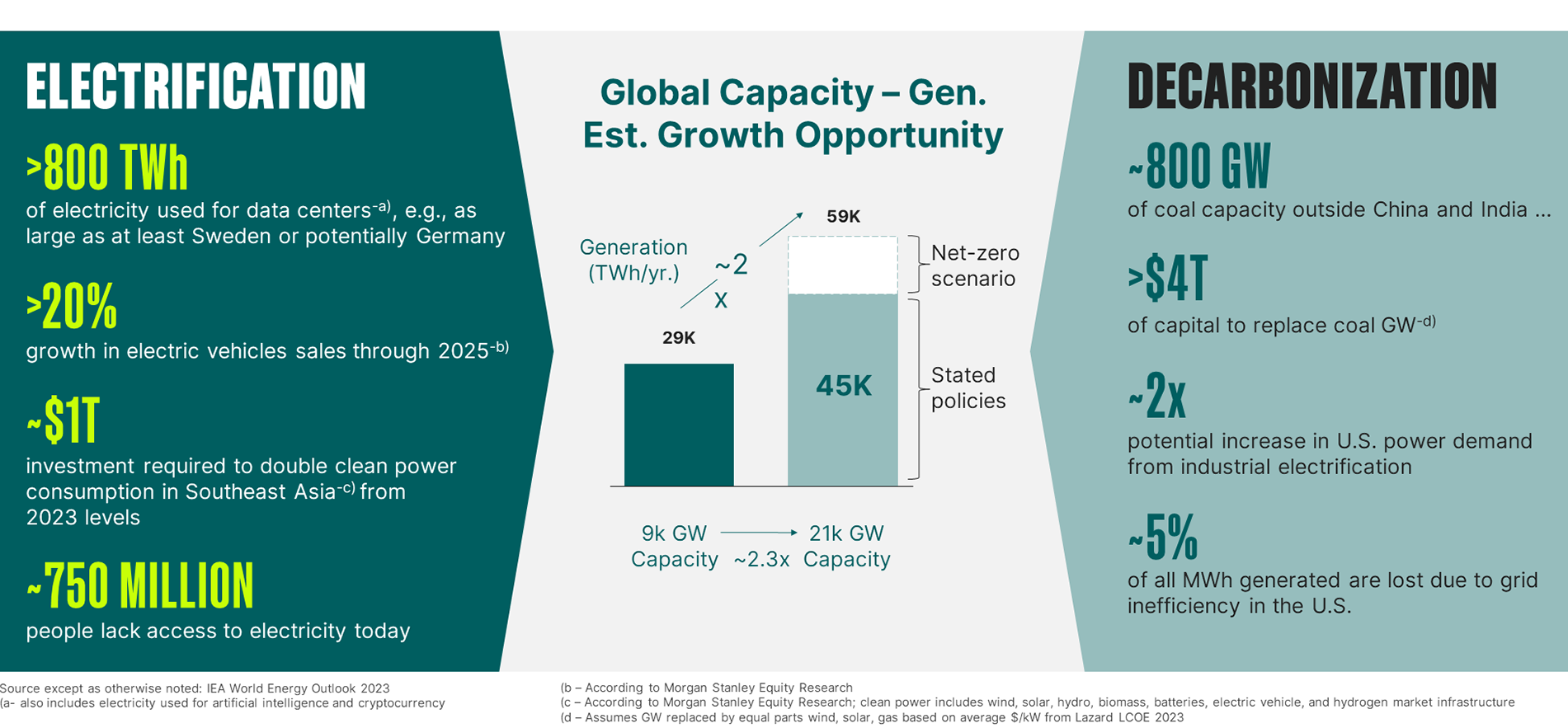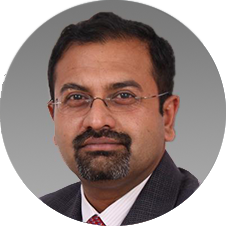In the first part of our HA gas turbine educational blog series, you will learn how high-efficiency heavy-duty gas turbine (HDGT) combined-cycle (CC) support the energy transition.
As the world accelerates towards a renewable-heavy, carbon-neutral energy future, high-efficient combined-cycle HA gas turbines will be crucial in maintaining grid stability and supporting renewable energy's intermittency.
Every year, globally, humans anthropogenically release about 34+ giga tons of CO2 into the atmosphere, and 41% of this greenhouse gas (GHG) comes from the power generation industry.1,2 The power generation industry is going through a transformation driven by massive growth opportunities from the uptick in data centers, AI, and e-vehicle (EV) utilization. While this happens, there is a simultaneous need to decarbonize existing and upcoming power assets. The energy segment reaction to this change is seen by the significant increase in renewable energy (RE) capacity add, which is forecasted for the next decade. Given the intermittencies of RE and grid stability concerns associated with a RE dominant power grid, high-efficiency gas turbine (GT) combined-cycle power plants have become a complementary technology supporting RE as the power sector goes through this transformation.


